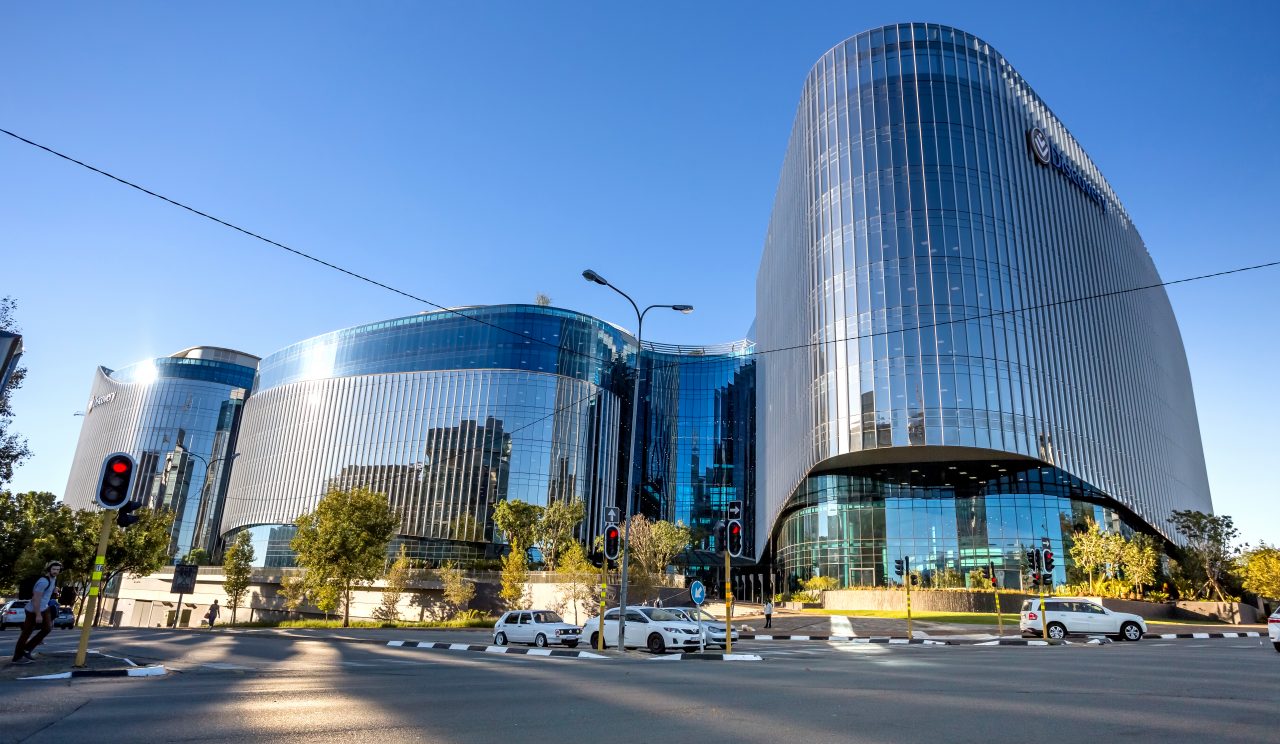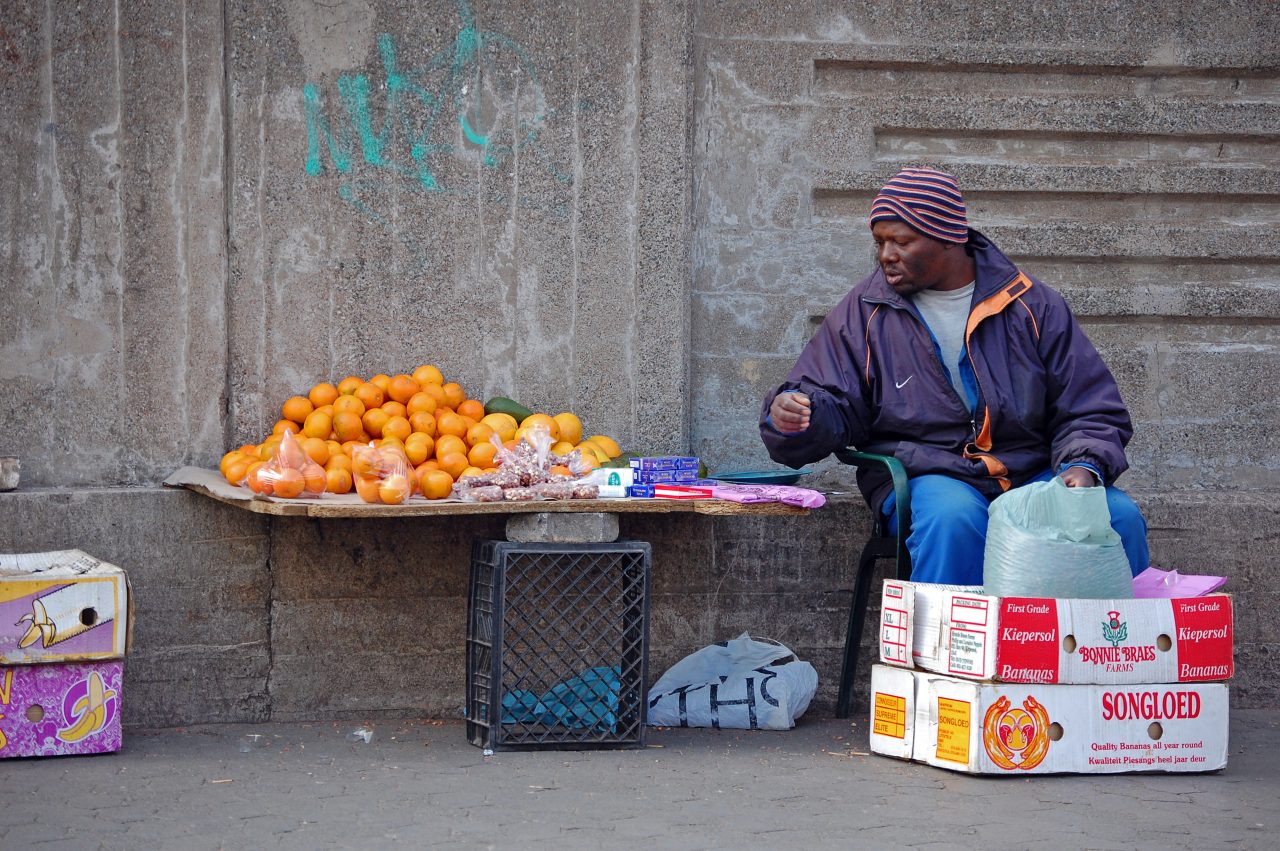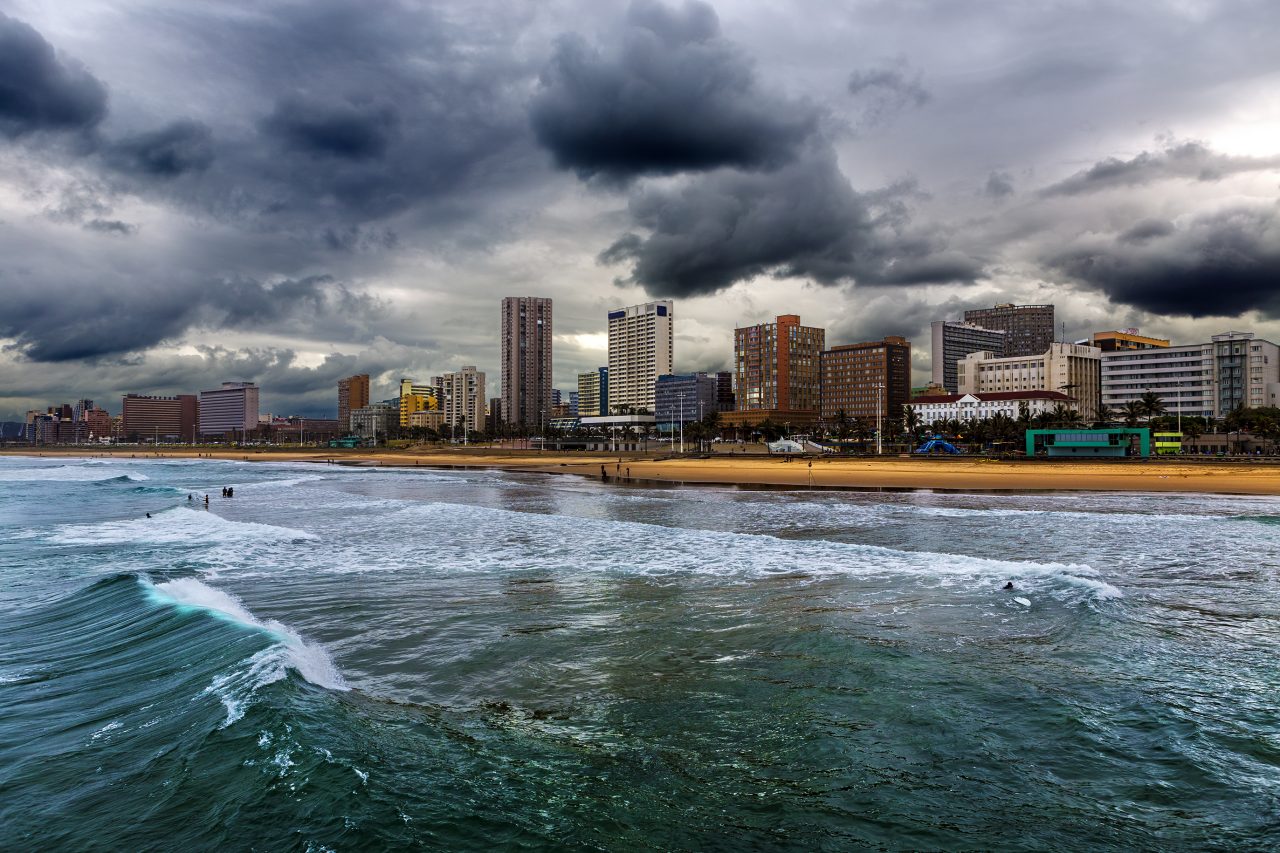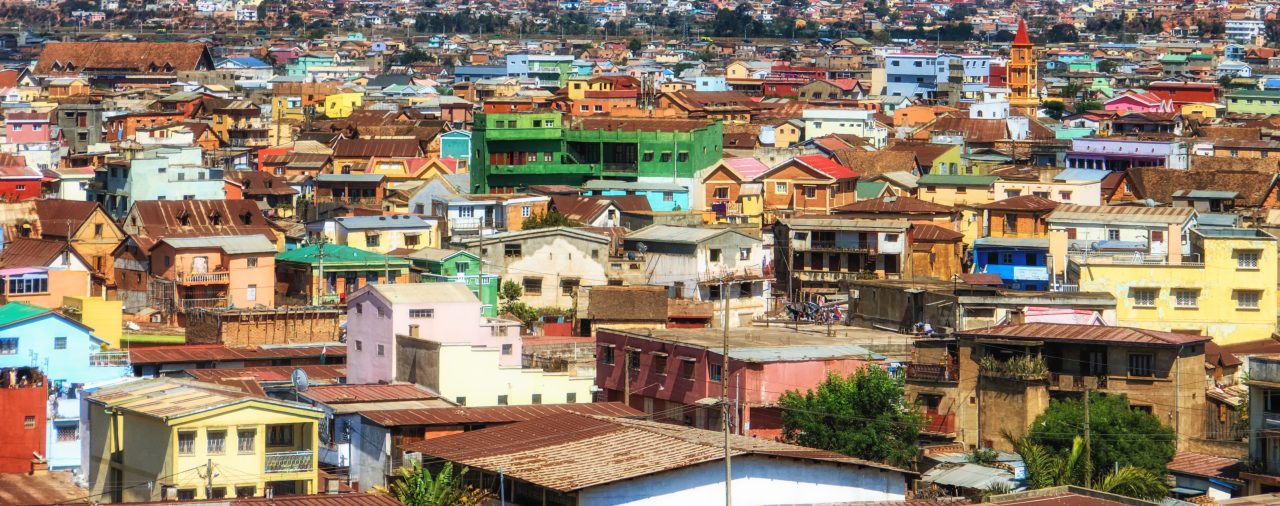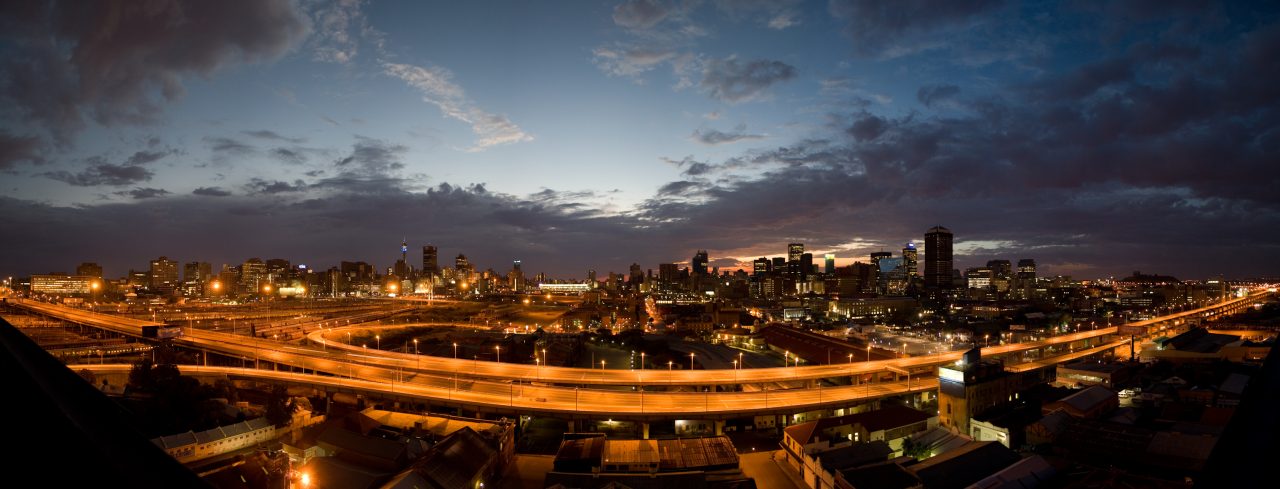Join GlobalBizzNetwork and start your international business network today.
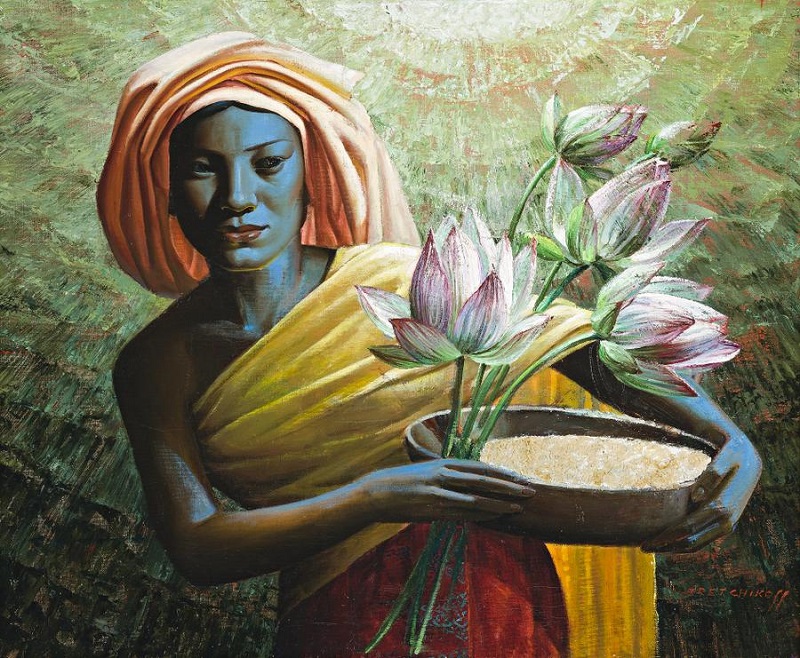
The unique flavour of Art in SA
South African art has always taken on the unique flavour of the country, from the 4 000-year-old cave paintings of the San Bushmen – the richest collection of rock art in Africa – to the homegrown conceptual art movement that sprang up as apartheid came to an end in the 1990s.

Brand South Africa reporter
The 4 000-year-old gallery

The San Bushmen, Africa’s oldest hunter-gatherers, lived in the massive Drakensberg range of mountains from 4 000 years ago until they were driven out by colonialists in the 19th century. Over that time, they created a vast body of art on the walls of caves and rock shelters – the largest and most concentrated group of rock paintings in sub-Saharan Africa.
This rich collection prompted Unesco to inscribe the Drakensberg as a mixed natural and cultural world heritage site in 2000. The paintings, Unesco said, “represent the spiritual life of the San people” and are “outstanding both in quality and diversity of subject”.
“The San people lived in the mountainous Drakensberg area for more than four millennia, leaving behind them a corpus of outstanding rock art, which throws much light on their way of life and their beliefs,” Unesco said.
“The authenticity of the paintings, and their shelter and cave settings, as a reflection of the beliefs of the San peoples, are without question.”
Colonial art

During the early colonial era, white South African artists tended to concentrate on depicting what they saw as a “new world”, in accurate detail. Artists such as Thomas Baines travelled the country recording its flora, fauna, people and landscapes – a form of reporting for those back in the metropolis.
Towards the end of the 19th century, painters Jan Volschenk and Pieter Hugo Naude and the sculptor Anton van Wouw began to establish a locally rooted art. Their work – the first glimpse of an artistic vision that engaged with life as lived in South Africa – marked the moment the country began to acquire its own national identity, with the 1910 Union of South Africa marking the formal end of the colonial era.
The 20th century and apartheid

In the first decades of the 20th century, the Dutch-born painter JH Pierneef brought a coolly geometric sensibility to the South African landscape; he also, in a way that fed into Afrikaner nationalist ideology, found it bereft of human inhabitants.
By the 1930s, two women artists, Maggie Laubscher and Irma Stern, brought the techniques and sensibilities of post-impressionism and expressionism to South African art. Their bold colour and composition, and highly personal point of view, rather scandalised those with old-fashioned concepts of acceptable art. Yet younger artists such as Gregoire Boonzaier, Maud Sumner and Moses Kottler were rejoicing in this new spirit of cosmopolitanism.
- Irma Stern Museum: www.irmastern.co.za
The apartheid years (1948-1994) witnessed a great diversity in South African art – ranging from landscape painting to abstract art. There was engagement with European and American currents, but also a fiercely local sense of what it meant to be an artist in this country during troubled times.
Inevitably, black artists were largely neglected. It was left to white artists, endowed with training, resources and supportive galleries, to build a corpus of South African art.
After World War II, returning soldiers and some immigrants brought European ideas to the local art world. In the 1940s, Jean Welz, for instance, born in Austria in 1900, brought a detailed, nuanced and sophisticated style to still lifes, portraits, nudes and landscape paintings. Maurice van Essche, born in Belgium in 1906, applied the modernist techniques of his teacher Matisse to specifically African subject matter.
Impact of African forms

Meanwhile, African forms themselves began to have an impact on the work of white artists. An awareness of art forms ranging from those of the ancient Egyptians to San Bushman rock art increasingly influenced South African artists from the 1950s onwards.
Walter Battiss, for one, had developed an interest in rock art long before he became an artist in the 1930s. Until his death in 1982, Battiss returned repeatedly to the motifs and styles of San rock art. In Symbols of Life (1967), for instance, San-type figures and patterns become stylised into a kind of symbolic alphabet.
- Walter Battiss: walterbattiss.co.za
Other artists found different ways of interacting with the visual stimuli of Africa, whether by adapting its outward forms or finding ways to incorporate its textures into the work.
Alexis Preller, for instance, created fantastically detailed canvases influenced by the European surrealists of the 1920s and 1930s. Beginning in the late 1940s, Preller painted African scenes and themes such as The Kraal and Hieratic Women, but these were not realistic portraits of African life: instead, they were reinvented by Preller’s startling visual imagination.
Cecil Skotnes, by contrast, took a leaf from Picasso’s book – the European art revolution instigated by the great Spaniard had, in part, been generated by his appreciation of African masks. Skotnes became South Africa’s master of the woodcut, bringing European modernism into fruitful collision with African styles.
Meanwhile, a host of white artists were engaging with the South African landscape in interesting ways – though such formalism was increasingly criticised during the struggle against apartheid for its detachment from the political situation.
Emerging black artists

By contrast, black artists such as Gerard Sekoto and George Pemba concentrated on depicting their realities and environments in a direct, though forcefully expressionist, manner.
From the 1930s onward, Sekoto portrayed urban African life in places such as Sophiatown and District Six, vital and tumultuous hotspots of an emerging though unacknowledged black culture.
In Sekoto’s works of the early 1940s, such as Street Scene, bustling African figures are placed in the context of their often denuded environment, while Yellow Houses (the first work by a black artist bought by the Johannesburg Art Gallery), reduces the human presence, focusing instead on the environment itself. In Song of the Pick, naturalism gives way to severe stylisation: a rank of workers wield picks in unison, forming a powerful image of African labour; a white overseer’s figure is dwarfed, even threatened, by this phalanx of diggers.
In 1947, Sekoto left for Paris. Illness and intermittent impoverishment meant that his work never again reached the heights it had in South Africa.
George Pemba, by contrast, stayed in the township of Motherwell near Port Elizabeth, living into his 90s and patiently continuing to paint despite the lack of public acclaim. His often naively styled work focused on the simple lives of poor black people, humbly and sometimes humorously evincing their fundamental humanity, though he also treated themes such as the story of the Xhosa prophetess Nongqawuse of the 19th century.
Increasingly, and inevitably, black artists began to give voice to a political sensibility that left behind the realist depiction of township life. Lack of resources meant that many had to rely on media other than oil-painting, but making a virtue of necessity gave added force to their work. Dumile Feni (known as Dumile), for instance, became a master of drawing, often in ballpoint pen.
Dumile’s sense of anger and despair fed into work of extraordinary power; his distorted figures seemed to have been physically deformed by the very forces of society. Called “the Goya of the townships”, he painted his own version of Picasso’s Guernica, a cry of pain at human suffering. Dumile went into exile in 1968 and died in New York in 1991.
Black artists such as Azaria Mbatha and John Muafangejo also made striking use of the accessible and relatively cheap medium of the linocut. In the 1980s and 1990s, artists such as William Zulu, Vuyile Cameron Voyifwa, Cyprian Shilakoe and others extended linocut work into what has become practically a subgenre of its own.
- Gerard Sekoto Foundation: www.gerardsekotofoundation.com
- George Pemba: www.georgepemba.co.za
- District Six Museum: www.districtsix.co.za
- Dumile Feni: www.dumile.org.za
The outsiders’ view

Meanwhile, the idiosyncratic Jackson Hlungwane, discovered by the mainstream community only late in his life, produced a vast body of sculpture in wood and built environments expressing his own highly individual religious world. It contains a multitude of creatures both mythical and real, as well as a large cast of characters.
In this he has something in common with another “outsider artist”, Helen Martins, who obsessively peopled her small-town home – known as the Owl House – with sculptures of concrete and found objects, up to her suicide in 1976.
Yet South Africa’s most successful “outsider” artist is perhaps the Russian emigre Vladimir Tretchikoff, who developed a distinctive style in which arch sentimentality was rendered with virtuoso formal exactitude.
Tretchikoff had considerable commercial acumen, turning paintings such as The Dying Swan and Chinese Girl (also known informally as The Blue Lady) into prints and selling millions around the world. To the post-modern eye, Tretchikoff’s work, long scoffed at as the peak of kitsch, now has a distinctive ironic charm.
From the 1960s on, many South African artists responded to developments in American and British art. The severe yet sensual work of Cecily Sash showed the impact of post-painterly abstraction and later “op art”; the playful surfaces of Helmut Starke and Kevin Atkinson opened the dialogue with pop art.
A wide range of styles and modes were now available to South African artists, and the likes of Judith Mason and Andrew Verster extended the traditions of oil painting into personal expressions of life, society and the world around them.
Apartheid in crisis: 1970s and 1980s

As the apartheid state became more repressive in the 1970s and 1980s, many artists faced the harsh realities of South African life, sometimes obliquely, sometimes head-on.
In the early 1980s, for instance, Paul Stopforth made a series of works dealing with police torture – the cause of the death of resistance heroes such as Bantu Steve Biko. And Robert Hodgins satirised figures of power in paintings that turned leaders into sinister but laughable echoes of Alfred Jarry’s mad king Ubu.
In paintings, lithographs and sculpture, Norman Catherine developed the playful sensibilities of Walter Battiss into a disturbing private menagerie of threatening and threatened theriomorphs and larger-than-life human figures.
The crowded collages, pastels and charcoals of Helen Sebidi spoke of the struggle of human life; her figures seem to battle upwards, towards the picture plane, as though they were drowning.
William Kentridge used expressionist drawings and highly developed personal metaphors, symbols and characters to expose the hypocrisies and ironies of white South African life. More recently, he has employed his powerful drawing technique in “animated” films and installations, and the set design of Mozart’s The Magic Flute.
Penny Siopis tackled femininity and history in dense, allusive paintings, and in installations, photographs and other conceptual works.
In the 1980s, “resistance art” was increasingly recognised as a genre of expression directed at the white elite’s oppressive exercise of power. For example, trade union posters and T-shirts used imagery that had something in common with the Russian constructivists as well as African art. And anonymous artists placed images of state violence (or bewildering dream reflections) at traffic intersections.
- Judith Mason: www.judithmason.com
- Steve Biko Foundation: www.sbf.org.za
- Norman Catharine: www.normancatherine.co.za
- William Kentridge – Art21 Feature: www.pbs.org/art21/artists/william-kentridge
Conceptual art of the 1990s

Conceptual art in South Africa seemed to come into its own in the 1990s. Events such as the two Johannesburg Biennales (1995 and 1997) contributed to a new dialogue between local artists and currents from other countries. Media such as video, performance and installation took the place of painting.
Jeremy Wafer, for instance, used photography, earth, and fibreglass sculpture to tackle issues such as borders and boundaries.
The complex installations of Sue Williamson used found and reworked materials to speak of memory and history. Sandile Zulu made paintings out of the unpredictable marks of fire on surfaces, or created sculptural tableaux from natural materials.
Even refuse was turned into suggestive assemblages and collages by Moshekwa Langa. Steven Cohen made drag into a form of sculpture-performance that addressed identity and marginality, while Kendell Geers interrogated the very process of artmaking itself.
Other artists put a conceptual spin on traditional artforms: Jane Alexander, for example, took sculpture into new realms with disturbing figures that place the human form in extremis or subject it to frightening transformations, while Jo Ractliffe worked with photography to investigate personal and familial memory, death, decay and love. Hentie van der Merwe also used photographs, taken or found, to talk about the body in an age of HIV/Aids.
- Kendell Geers: kendellgeers.com
Crafts: the reinvention of tradition

While the “high art” continues to blossom in South Africa, the market for crafts has expanded to include every possible form of traditional artwork.
There is a host of work in traditional media on the market. Artists are constantly developing the repertoire of African crafts – from intricate and near life-size beaded wire sculpture to tableware, ornaments and embroidered cloth, to stunning costume jewellery, welded cast-iron objects, folk painting and more.
At the same time, the status of the traditionally anonymous maker of craft works is changing: “folk art” has made inroads into “high art”. For example, in the 1990s the work of late ceramicist Bonnie Ntshalintshali went well beyond the confines of traditional African pottery, yet her exquisite creations could conceivably still be used at the dinner table.
The Ndebele tradition of house-painting exploded with the advent of commercial paints, giving rise to artists such as Esther Mahlangu, whose adaptations of the highly coloured geometric designs adorned everything from cars to aeroplanes.
Notwithstanding the appearance of celebrity “folk artists”, ordinary craft continues to thrive – the main examples being beadwork, pottery, basketry and wooden carving.
Source: Wikipedia, Art Times website, Art Africa magazine
